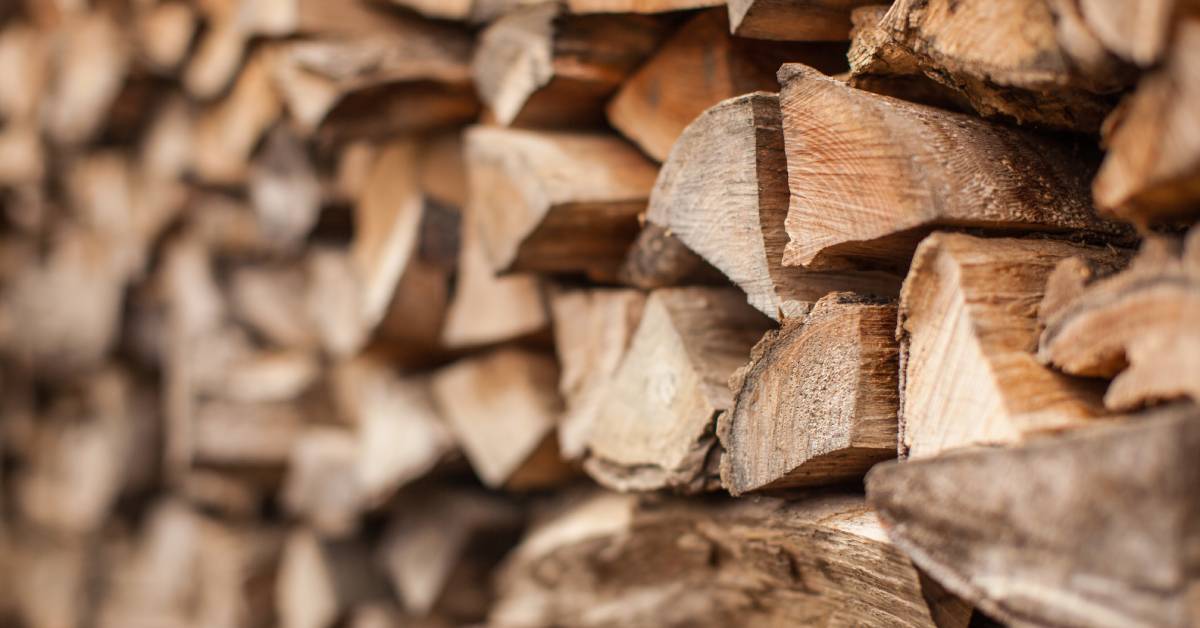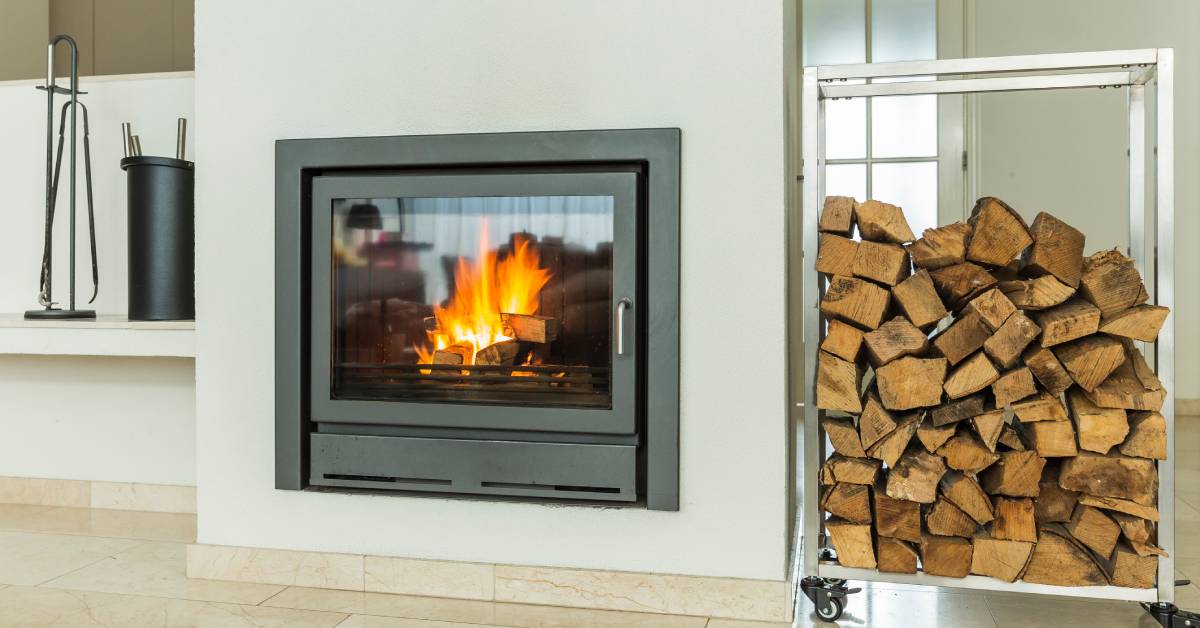
Fireplace Efficiency – Maximizing Heat and Minimizing Costs
Fireplaces add a touch of warmth and coziness to any home. But are you getting the most out of your fireplace? This blog post will guide you through achieving optimal fireplace efficiency to maximize heat and reduce costs in your home.
Understanding Fireplace Efficiency
Fireplace efficiency refers to the amount of heat your fireplace produces compared to the amount of fuel it consumes. Optimizing your fireplace can lead to significant savings and a warmer home.
An inefficient fireplace results in higher fuel consumption, which translates to higher costs. Focusing on fireplace efficiency can reduce these expenses. Increasing your fireplace’s efficiency means you will get more heat with less fuel, making it a win-win situation.
The Importance of Proper Maintenance
Proper maintenance plays a crucial role in fireplace efficiency. Regular cleaning and inspection can prevent chimney blockages. A blocked chimney restricts airflow, reducing the fireplace’s efficiency and posing a safety risk.
Inspecting the fireplace for any cracks or wear and tear is also essential. Cracks can cause heat to escape, but addressing these issues promptly will keep your fireplace functioning optimally.
Professional maintenance services can ensure that your fireplace is in top condition. These services include cleaning the chimney, checking for structural damage, and ensuring everything is in working order.
Choosing the Right Fuel
Choosing the right type of fuel can significantly impact fireplace efficiency. Hardwoods like oak and maple burn longer, producing more heat than softwoods like pine. The type of wood you use can make a noticeable difference in the amount of heat generated and the cost of fuel.
Consider using seasoned wood. Freshly cut wood contains a lot of moisture, which makes it burn less efficiently. Using seasoned wood, which has been dried for at least six months, ensures a better burn and more heat output.
Using artificial logs can also enhance fireplace efficiency. These logs burn cleaner and longer than natural wood, providing consistent heat. They are often made from recycled materials, making them an eco-friendly option.

Fireplace Inserts
Fireplace inserts are a game-changer for wood-burning fireplaces. They fit your existing fireplace, transforming it into a highly effective heat source. They are made of steel or cast iron and have glass doors to trap the heat.
Inserts can enhance the efficiency of a traditional fireplace by up to 80 percent. They work by circulating air within the firebox, which heats the air and sends it back into the room. This process ensures more heat stays in the house rather than escaping through the chimney.
Installing a fireplace insert is straightforward, and the benefits are immediate. You will notice a significant increase in the amount of heat your fireplace produces and a decrease in the amount of wood necessary to maintain a comfortable temperature.
The Role of Chimney Dampers
Chimney dampers play a vital role in fireplace efficiency. A damper is a valve or plate that regulates airflow in the chimney. When the fireplace is not in use, closing the damper prevents warm air from escaping and cold air from entering.
An open damper when the fireplace is not in use can lead to significant heat loss. Ensure that the damper is closed when the fireplace is not burning to help maintain the warmth in your home.
A top-sealing damper provides a more effective seal than traditional throat dampers. These dampers are installed at the top of the chimney and create an airtight seal, further improving efficiency.
Enhancing Heat Distribution
Enhanced heat distribution is key to maximizing your fireplace’s efficiency. Heat circulators and blowers can help distribute the heat evenly throughout the room. These devices push the warm air from the fireplace into the living space, ensuring that it is not concentrated in one area.
Using a ceiling fan in reverse mode can also distribute heat. The fan pushes warm air down from the ceiling, spreading it more evenly across the room. This simple trick can make a noticeable difference in your home’s overall warmth.
Fireplace fans are another effective tool. These fans sit on the hearth and blow warm air into the room. They are easy to install and can significantly enhance the heat output of your fireplace.
Sealing and Insulating Your Home
Sealing and insulating your home is crucial for maintaining your fireplace’s efficiency. Drafts and leaks can allow warm air to escape and cold air to enter, reducing the effectiveness of your heating efforts.
Check for drafts around windows, doors, and other openings. Sealing these areas with weatherstripping or caulk can help maintain a consistent temperature in your home. Properly insulating your home can also prevent heat loss.
Attic insulation is particularly important. Heat rises, and if your attic is not properly insulated, a significant amount of warm air can escape. Ensuring that your attic is well insulated will help keep your living spaces warm.
The Benefits of Glass Doors
Installing glass doors on your fireplace can significantly enhance efficiency. Glass doors help to direct the heat where you want it.
When the fire is burning, keeping the glass doors open promotes airflow, helping the fire burn hotter and more efficiently. When the fire is not in use, closing the doors helps retain the room’s heat.

Utilizing Reflective Firebacks
Reflective firebacks are another tool to enhance fireplace efficiency. A fireback is a metal plate placed at the back of the fireplace that reflects heat into the room. This simple addition can make a noticeable difference in the heat produced.
Firebacks come in various designs and materials, such as cast iron and stainless steel. They improve efficiency and add a decorative element to your fireplace.
Installing a fireback is a straightforward process. Simply place it at the back of your fireplace, and it will start reflecting heat into your room. This simple addition can significantly enhance the warmth of your home.
The Impact of Proper Ventilation
Proper ventilation is essential for fireplace efficiency. Ensuring your fireplace has adequate airflow helps the fire burn hotter and more efficiently. Poor ventilation can lead to incomplete combustion, which produces less heat and more smoke.
Opening a window slightly can help improve ventilation. This allows fresh air to enter the room, promoting better airflow and a hotter fire. Ensuring that your chimney is clean and free of obstructions is also crucial for proper ventilation.
Using a fireplace grate can also improve ventilation. A grate elevates the firewood, allowing air to circulate more freely around the logs, promoting a hotter and more efficient burn.
Conclusion
By following the fireplace efficiency tips and strategies for maximizing heat and minimizing costs outlined in this guide, you can ensure that your fireplace is operating at its best. Your home will be warmer, your heating bills will be lower, and you’ll enjoy the comfort and coziness of a well-maintained fireplace.

